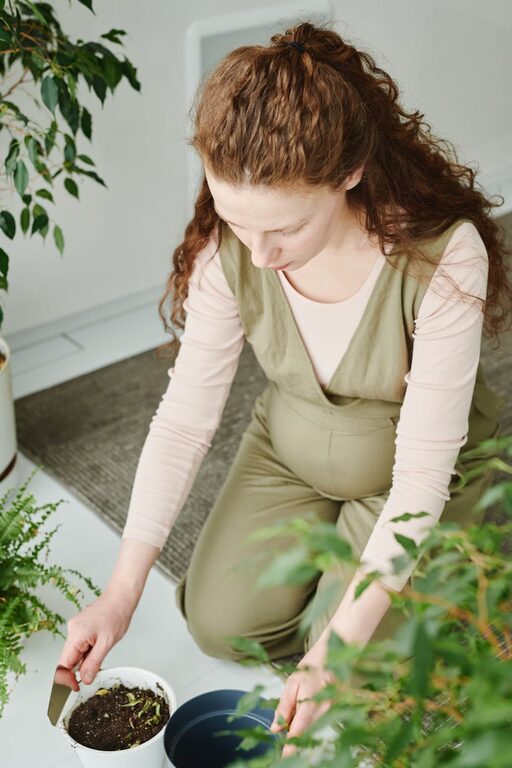Bringing houseplants into your living space adds beauty, fresh air, and a touch of nature to your home. However, keeping them healthy and thriving requires some knowledge and attention. Whether you’re a beginner or have some experience, these tips will help you nurture your plants and enjoy their green presence for years to come.
Understanding Your Houseplants’ Needs
Different plants have varying requirements when it comes to light, water, soil, and temperature. The first step in keeping your houseplants healthy is to learn about the specific needs of your chosen species.
Light Requirements
Light is one of the most critical factors for plant health. Some plants prefer bright, direct sunlight (like succulents and cacti), while others thrive in low to medium light (such as peace lilies and snake plants). Placing a plant in the wrong light can cause slowed growth, leaf drop, or discoloration.
– Tip: Research your plant’s light preference and place it accordingly.
– Tip: Rotate your plants regularly to ensure even light exposure on all sides.
Watering Wisely
Overwatering and underwatering are the most common reasons houseplants struggle. Too much water can cause root rot, while too little leads to wilting and dry leaves.
– Tip: Check the top inch of soil before watering. If it’s dry, your plant likely needs water.
– Tip: Use pots with drainage holes to prevent water from pooling at the bottom.
– Tip: Adjust watering frequency based on the season; most plants need less water in winter.
Choosing the Right Soil
Houseplants benefit from soil that drains well but retains some moisture. Different plants may require specific soil types:
– Succulents and cacti prefer sandy, gritty soil.
– Tropical plants usually thrive in peat-based or rich organic potting mixes.
Maintaining Good Plant Health
Beyond light, water, and soil, there are additional care tips to keep your houseplants in great shape.
Feeding and Fertilizing
Plants need nutrients to grow, and regular feeding can boost their health.
– Use a balanced, water-soluble fertilizer during the growing season (spring and summer).
– Avoid over-fertilizing; feeding once a month is usually sufficient.
– Some plants have special nutrient needs—check for recommendations.
Managing Humidity
Many houseplants, especially tropical varieties, enjoy higher humidity levels.
– Increase humidity by misting leaves with water.
– Use a humidity tray filled with water and pebbles.
– Group plants together to create a microenvironment with more moisture.
Pruning and Cleaning
Removing dead or yellowing leaves keeps plants looking tidy and directs energy to healthy growth.
– Use clean, sharp scissors or pruning shears.
– Gently wipe dusty leaves with a damp cloth to improve photosynthesis.
Preventing and Handling Common Issues
Even with the best care, plants can face challenges like pests or diseases.
Identifying Pests
Common indoor pests include spider mites, aphids, and mealybugs. Signs include sticky residue, webbing, or tiny insects.
– Inspect plants regularly.
– Treat infestations early with insecticidal soap or natural remedies.
Avoiding Disease
Overwatering and poor air circulation often cause fungal problems or root rot.
– Water properly and ensure good drainage.
– Avoid overcrowding plants to promote airflow.
Repotting When Necessary
Plants outgrow their pots and become root-bound, which can stunt growth.
– Repot every 1-2 years or when roots are visible at drainage holes.
– Choose a pot slightly larger than the current one.
Creating a Routine Care Plan
Consistency is key to successful plant care. Consider the following routine:
– Check soil moisture weekly.
– Rotate plants every week or two.
– Clean leaves monthly.
– Fertilize during growing months.
– Inspect for pests regularly.
Conclusion
Healthy houseplants contribute to a refreshing and inviting living space. With the right light, watering, feeding, and care habits, your plants can thrive and brighten your home for years. Remember to learn about each plant’s unique needs, observe them closely, and adjust care accordingly. Happy gardening!
—
By following these tips, anyone can master the art of indoor gardening and enjoy lush, vibrant houseplants all year round.

